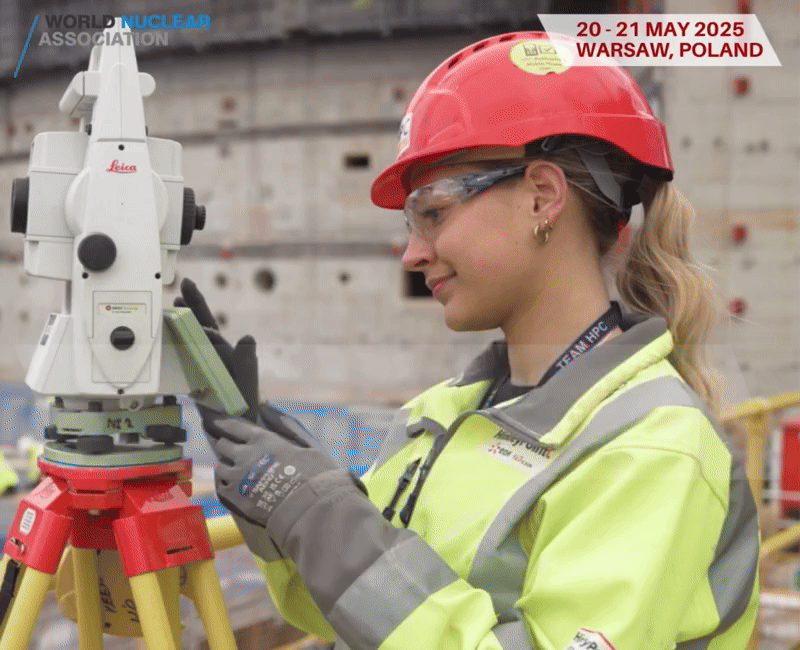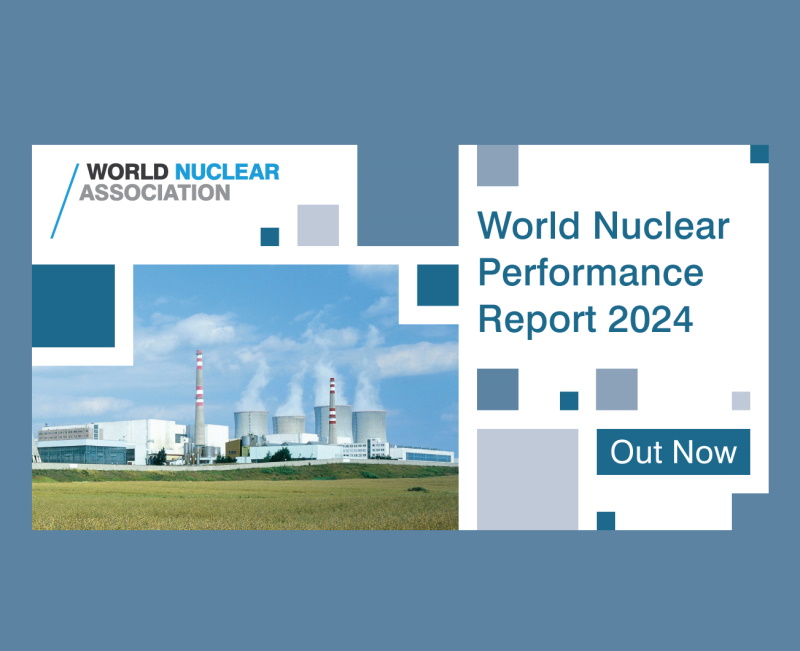Poland to join new Ignalina project "as soon as possible"
Thursday, 1 February 2007
 Poland's foreign minister has said that the country would soon join, along with Latvia and Estonia, a project to build a new nuclear power plant in Lithuania.
Poland's foreign minister has said that the country would soon join, along with Latvia and Estonia, a project to build a new nuclear power plant in Lithuania.
Poland's foreign minister has said that the country would soon join, along with Latvia and Estonia, a project to build a new nuclear power plant in Lithuania.
Poland's foreign minister has said that the country would soon join, along with Latvia and Estonia, a project to build a new nuclear power plant in Lithuania.
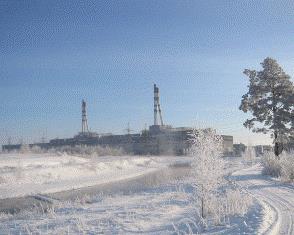 Lithuania is at the centre of regional electricity projects. In 1974 Soviet planners decided to build the Ignalina nuclear power plant at Visaginas with two RBMK-1500 reactors. After commissioning in 1985 and 1987, the huge plant's reactors supplied a total of 2760 MWe to the region.
Lithuania is at the centre of regional electricity projects. In 1974 Soviet planners decided to build the Ignalina nuclear power plant at Visaginas with two RBMK-1500 reactors. After commissioning in 1985 and 1987, the huge plant's reactors supplied a total of 2760 MWe to the region.
After the end of Soviet control, Lithuania became a powerful regional energy exporter, thanks to the inherited plant which generated 80% of the country's electricity. However, under plans to join the European Union (EU), agreements were made to shut down the Ignalina units, which do not meet EU safety standards. Lithuania joined the EU on 1 May 2004, shutting down unit 1 at the end of that year. Unit 2 is set for shutdown in 2009.
Given their shared history and a looming electricity shortfall, Lithuania, Latvia and Estonia signed a memorandum of understanding in 2006 to build a new nuclear power plant at the Ignalina site.
Now Poland has strongly signalled its firm intent to join the project: "Poland hopes that, in cooperation with the Lithuanian government, this deal will be finalised and signed as soon as possible. We are very interested in this project," said Anna Fotyga, Poland's foreign minister. Reportedly, a deal could be signed in December.
Jonas Gilinas of Kaunas University of Technology said last year: "The construction of a new power plant on the Ignalina site, as well as the integration of electricity and gas networks into the European energy system is the most attractive way of solving problems of secure supply, energy independence and reduction of contamination of the environment."
Separate reports have indicated that General Electric (GE) have been invited to submit a bid for a new project at Ignalina. GE developed the boiling water reactor (BWR) in the 1950s and now offer two models, the 1500 MWe Advanced BWR (ABWR) and the 1550 MWe Economic Simplified BWR (ESBWR). Four ABWRs operate in Japan while four are planned for the USA and two are under construction at Lungmen in Taiwan. Three ESBWRs are planned for the USA.
Atomstroyexport of Russia is known to have presented details of its AES92 VVER-1000 pressurised water reactor (PWR) to officials, while Areva of France is offering its 1600 MWe Evolutionary PWR (EPR). Two VVER-1000 reactors are under construction in India, with four more planned while one is being built in Iran. Areva are working to construct one EPR in Finland, and another in France. Up to four EPRs are planned for the USA.
2015 is pencilled in as a likely start-up date for a new unit at Ignalina.
Further information
Real time information on the Ignalina plant
AtomStroyExport
Areva
General Electric
 Poland's foreign minister has said that the country would soon join, along with Latvia and Estonia, a project to build a new nuclear power plant in Lithuania.
Poland's foreign minister has said that the country would soon join, along with Latvia and Estonia, a project to build a new nuclear power plant in Lithuania. Lithuania is at the centre of regional electricity projects. In 1974 Soviet planners decided to build the Ignalina nuclear power plant at Visaginas with two RBMK-1500 reactors. After commissioning in 1985 and 1987, the huge plant's reactors supplied a total of 2760 MWe to the region.
Lithuania is at the centre of regional electricity projects. In 1974 Soviet planners decided to build the Ignalina nuclear power plant at Visaginas with two RBMK-1500 reactors. After commissioning in 1985 and 1987, the huge plant's reactors supplied a total of 2760 MWe to the region.After the end of Soviet control, Lithuania became a powerful regional energy exporter, thanks to the inherited plant which generated 80% of the country's electricity. However, under plans to join the European Union (EU), agreements were made to shut down the Ignalina units, which do not meet EU safety standards. Lithuania joined the EU on 1 May 2004, shutting down unit 1 at the end of that year. Unit 2 is set for shutdown in 2009.
Given their shared history and a looming electricity shortfall, Lithuania, Latvia and Estonia signed a memorandum of understanding in 2006 to build a new nuclear power plant at the Ignalina site.
Now Poland has strongly signalled its firm intent to join the project: "Poland hopes that, in cooperation with the Lithuanian government, this deal will be finalised and signed as soon as possible. We are very interested in this project," said Anna Fotyga, Poland's foreign minister. Reportedly, a deal could be signed in December.
Jonas Gilinas of Kaunas University of Technology said last year: "The construction of a new power plant on the Ignalina site, as well as the integration of electricity and gas networks into the European energy system is the most attractive way of solving problems of secure supply, energy independence and reduction of contamination of the environment."
Separate reports have indicated that General Electric (GE) have been invited to submit a bid for a new project at Ignalina. GE developed the boiling water reactor (BWR) in the 1950s and now offer two models, the 1500 MWe Advanced BWR (ABWR) and the 1550 MWe Economic Simplified BWR (ESBWR). Four ABWRs operate in Japan while four are planned for the USA and two are under construction at Lungmen in Taiwan. Three ESBWRs are planned for the USA.
Atomstroyexport of Russia is known to have presented details of its AES92 VVER-1000 pressurised water reactor (PWR) to officials, while Areva of France is offering its 1600 MWe Evolutionary PWR (EPR). Two VVER-1000 reactors are under construction in India, with four more planned while one is being built in Iran. Areva are working to construct one EPR in Finland, and another in France. Up to four EPRs are planned for the USA.
2015 is pencilled in as a likely start-up date for a new unit at Ignalina.
Further information
Real time information on the Ignalina plant
AtomStroyExport
Areva
General Electric
Most Read
_92619.jpg)
Deep Atomic launches SMR for data centres
Friday, 25 October 2024
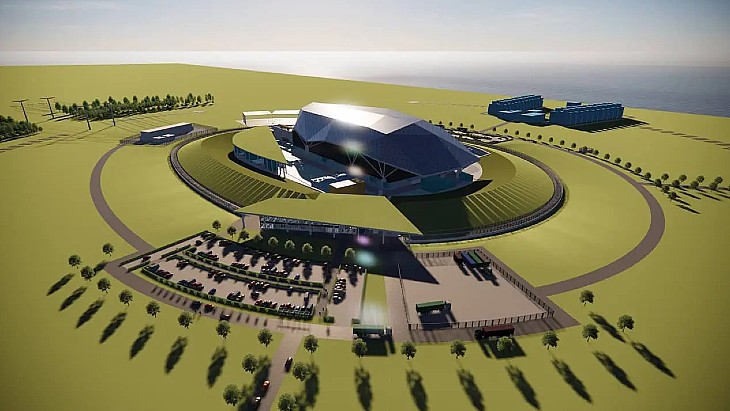
Czech Republic selects Rolls-Royce SMR for small reactors project
Thursday, 19 September 2024
_84504.jpg)
Framatome to share fast reactor experience with Japan
Friday, 6 December 2024
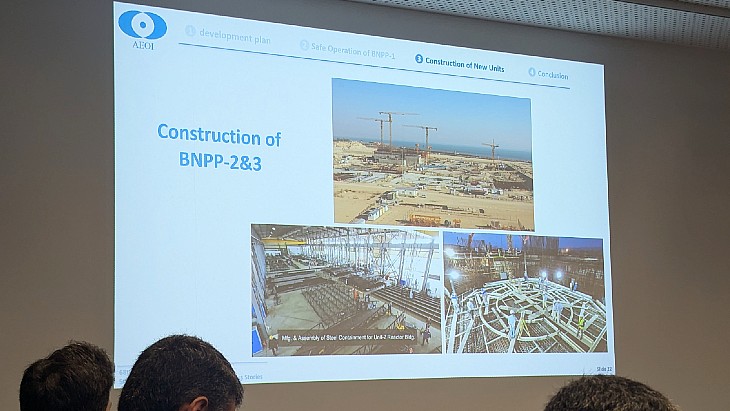
Iran outlines nuclear energy plans, including first concrete for Bushehr 3 this year
Friday, 27 September 2024
Podcasts & Features
Podcast: World Nuclear Fuel Cycle 2025
Podcasts & Features Wednesday, 23 April 2025
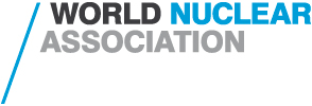




_50521.jpg)

